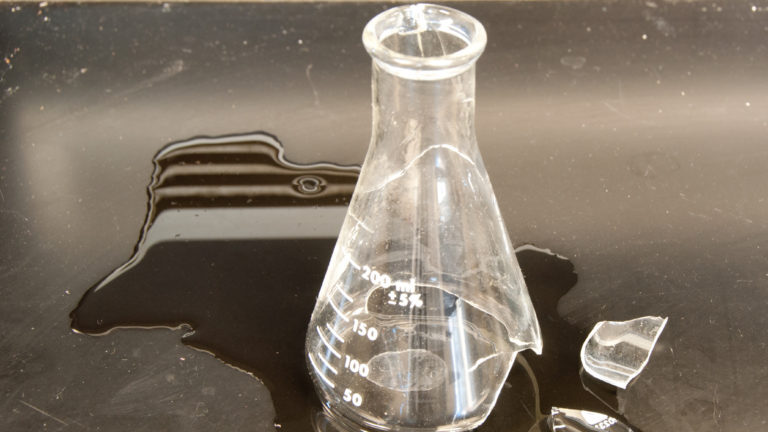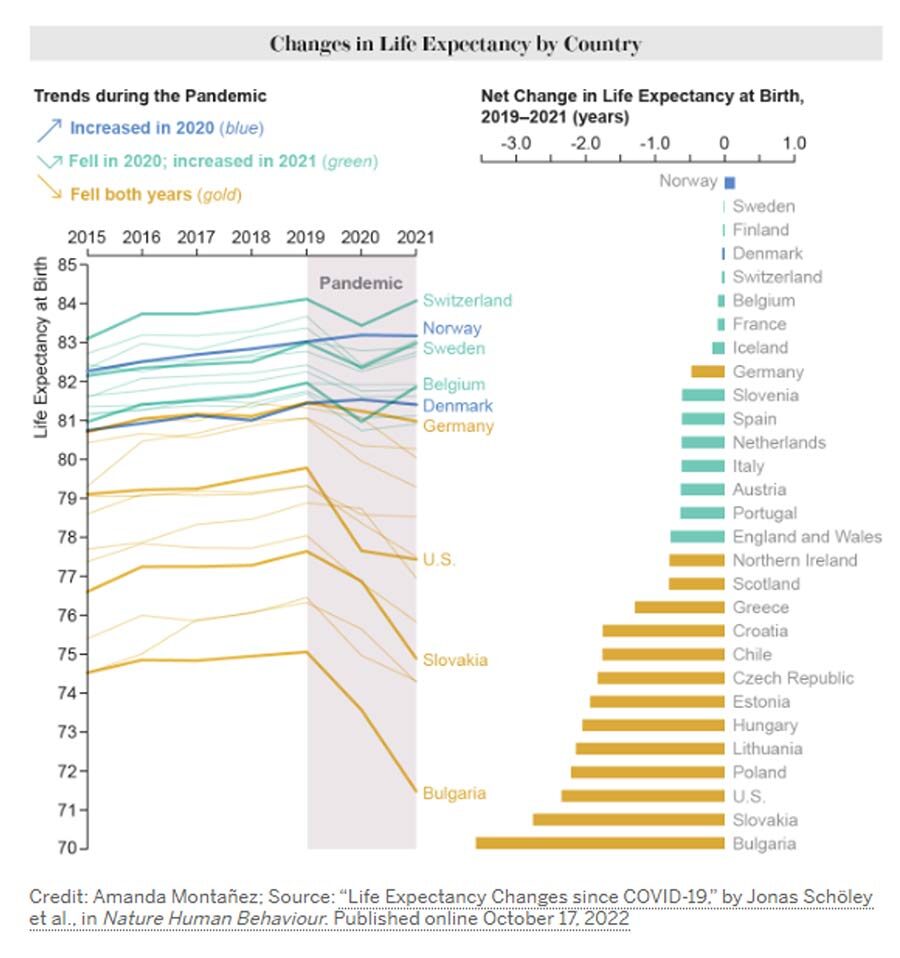For my part I gave a presentation on medical research, and where I believe it has gone wrong. How I had once been a happy medic believing everything I was told ... well almost.
Then, one day I took the red pill. Suddenly, I became uncomfortably aware that we were all being kept in a vast goo-filled factory, guarded by evil metallic robots who were trying to harvest our electricity for their own ends. Nothing was as it had seemed.
In the film, the Matrix, I was never quite sure why solar panels wouldn't do the job of electricity generation. Also, I was never quite sure what the 'ends' of the robots were either. But hey, why ruin a perfectly good yarn.
In truth my conversion was not that sudden. It was a rather more gradual descent through the layers Dante's Inferno. A painful and growing realisation that medical research was horribly .... broken. Biased and corrupted.
This was not, and is not, a comfortable place to be. In part because I am surrounded by fellow doctors who seem perfectly content with the way things are. They simply do not question any of the research which drives the guidelines that their practice is based on. The Broken Science.
Having said this, I do feel the need to say that not all medical research is broken. Some is excellent. And there are many good people out there. However, within those areas of medicine, where there are vast sums of money to be made, medical science took a fateful turn towards the dark side.
Luckily for me - and this is something that has kept me sane - I have come across many other fantastic people on my lonely travels. Bruce Charlton for example, with his masterful paper 'Zombie science: a sinister consequence of evaluating scientific theories purely on the basis of enlightened self-interest.'
'...most scientists are quite willing to pursue wrong ideas for so long as they are rewarded with a better chance of achieving more grants, publications and status.'I fully agree with this sentiment. When people ask me, what has gone wrong with medical research my reply is usually. 'Money'. When they ask me what else, I reply, 'More money'. Yes, but what else? 'Even more money'. Yes but...
The end result of replacing science with money has been a terrible distortion of research. Followed by distortion of clinical guidelines, followed by people taking medications that very often do more harm than good. Followed by people dying - early.
Why do I believe that medicines may now be doing more harm than good? The honest answer is that I can't know for sure, because nothing is absolutely certain in this life.
However, what I do know is that the US has by far the greatest healthcare expenditure in the world. $4,300,000,000,000.00 per year (four point three trillion dollars, or $12,914 per person). Yet, life expectancy in the US is around five years lower than in any comparable country. Lower than in Poland, for example, which spends just over $1,000 dollars per year.
In the US there are certainly more and more, and more and more drugs. Polypharmacy is now the norm. If all these medications were truly as wonderful as they were supposed to be, life expectancy should be going up. At the very worst, there would be stasis, i.e., no improvement.
Instead, despite these trillions of dollars being spent, life expectancy has been falling. It was falling before Covid, and the downward trend has continued. Perhaps most telling is that Covid had a catastrophic impact on life expectancy in the US. Not simply due to Covid deaths, but from everything else as well. You spend $4,300,000,000,000.00 a year and what do you get? A system so rotten that it falls apart in a strong wind.
The graph below demonstrates that during the Covid years, the US suffered a greater fall in life expectancy than Poland. This is despite spending twelve times as much per head of population. Compare this disastrous result with, say, Sweden - here's a clue, look towards the top of the graph. The country that famously did not lock down 1.
Yes, Sweden ... Regarding that country, here is an article from the Guardian Newspaper in March 2020. Headline: ''They are leading us to catastrophe': Sweden's coronavirus stoicism begins to jar.'
It feels surreal in Sweden just now. Working from my local cafe, I terror-scroll through Twitter seeing clips of deserted cities, or army trucks transporting the dead in Italy, surrounded by the usual groups of chatty teenagers, mothers with babies and the occasional freelancer.Ah yes, the 'science' of lockdowns. The medical and scientific community of Sweden, the Nobel Foundation, the Karolinska Institute were all of one voice. They all agreed that .... 'They are leading us to catastrophe.' Yup, a catastrophe indeed. So catastrophic that you cannot see any change in overall mortality over the two pandemic years. Look towards the bottom of the graph for the US.
Outdoors, couples stroll arm in arm in the spring sunshine; Malmö's cafe terraces do a brisk trade. On the beach and surrounding parkland at Sibbarp there were picnics and barbecues this weekend; the adjoining skate park and playground were rammed. No one was wearing a mask.
The global pandemic has closed down Europe's economies and confined millions of people across the continent to their homes. But here, schools, gyms, and (fully stocked) shops remain open, as do the borders. Bars and restaurants continue to serve, and trains and buses are still shuttling people all over the country. You can even, if you wish, go to the cinema (it's mainly indie fare: The Peanut Butter Falcon and Mr Jones were on at my local arthouse over the weekend).
The precautions that Swedes have been advised to adopt - no gatherings of more than 50 people (revised down from 500 last Friday), avoid social contact if over 70 or ill, try to work from home, table service only in bars and restaurants - seem to have allayed public fears that the shocking images from hospitals in Italy and Spain could be repeated here.
The prime minister, Stefan Löfven, has urged Swedes to behave "as adults" and not to spread "panic or rumours".
Panic, though, is exactly what many within Sweden's scientific and medical community are starting to feel. A petition signed by more than 2,000 doctors, scientists, and professors last week - including the chairman of the Nobel Foundation, Prof Carl-Henrik Heldin - called on the government to introduce more stringent containment measures. "We're not testing enough, we're not tracking, we're not isolating enough - we have let the virus loose," said Prof Cecilia Söderberg-Nauclér, a virus immunology researcher at the Karolinska Institute. "They are leading us to catastrophe." 2
In this case, the medical and scientific community were not driven by money to enforce stupid and damaging actions based on Broken Science. At least not at first. They were driven by panic, and the need to fit in with their peers, and desperate need to do something, anything.
Evidence that what they were doing was probably useless was (and remains) swept aside by a scientific community no longer capable of independent thought. Broken science indeed. Money came to this party rather later on, when there were hundreds of billions to be made from vaccines. And boy, if you really want to see Broken Science in full cry...
Getting back on track. What happens next with the Broken Science initiative? A lot, I hope. I shall be writing articles for them, and giving talks. I shall be making as much noise as possible. We will work hard to try and bring science back from the dark place it finds itself in. And if we don't. Well, at least we tried.3
Notes:
1: Why Life Expectancy Keeps Dropping in the U.S. as Other Countries Bounce Back
2: 'They are leading us to catastrophe': Sweden's coronavirus stoicism begins to jar
3: Broken Science.org





Reader Comments
edit: and why is it that I keep trying to be logical in a clearly post-reason age?
Where do the grants come from. "Altruistic" non-profit organizations, government primarily. Are they controlled by money, power, corruption? You bet.
Tesla was one of the greatest scientists and engineers of the 20th century. He could have made a fortune from Westinghouse in building hydroelectric dams, but let them off the hook. His understanding of frequency and electromagnetism was unmatched, in my view. He was close to understanding anti-gravity electromagnetism and energy extracted from the ether. He died pennyless. ALL of his research was confiscated by the FBI and remains classified to this day. In my high school history, his onetime employer, Edison, was given praise for the light bulb, but Tesla was not even mentioned.
Perfect example of the corruption. However, it further points to the long game played by the psychopaths that wants to reduce the intelligence and critical thinking of the population. Furthermore, as one of the methods, it has worked. The USA is over 30th in the nation student rating.